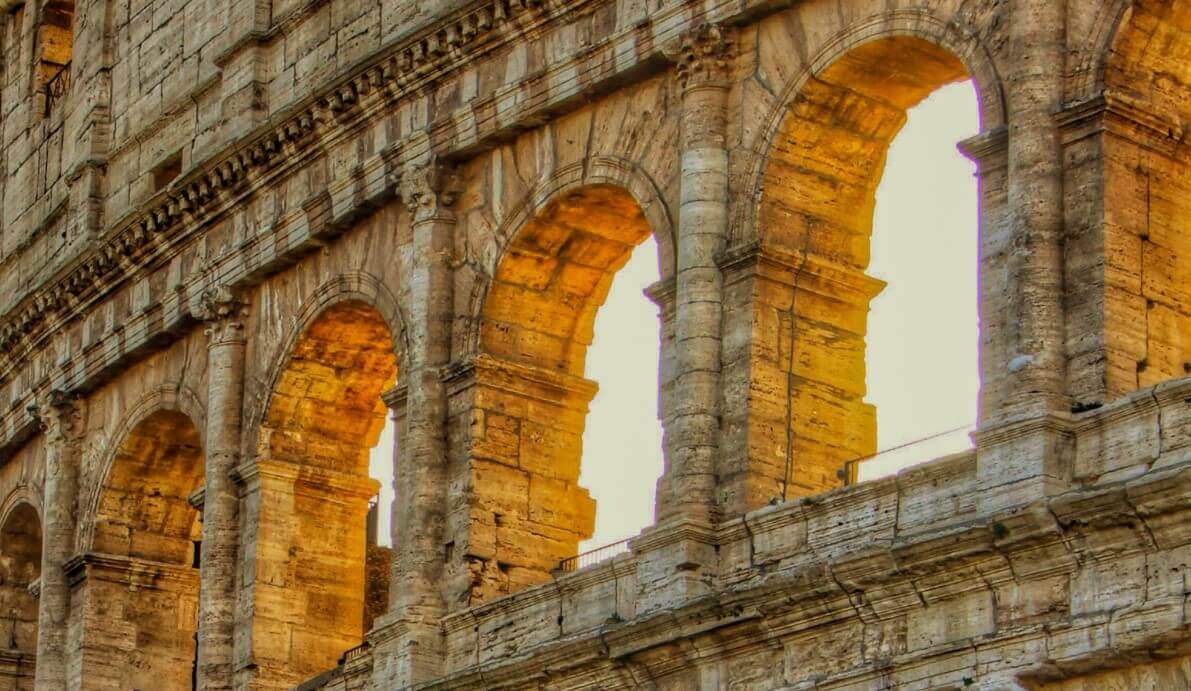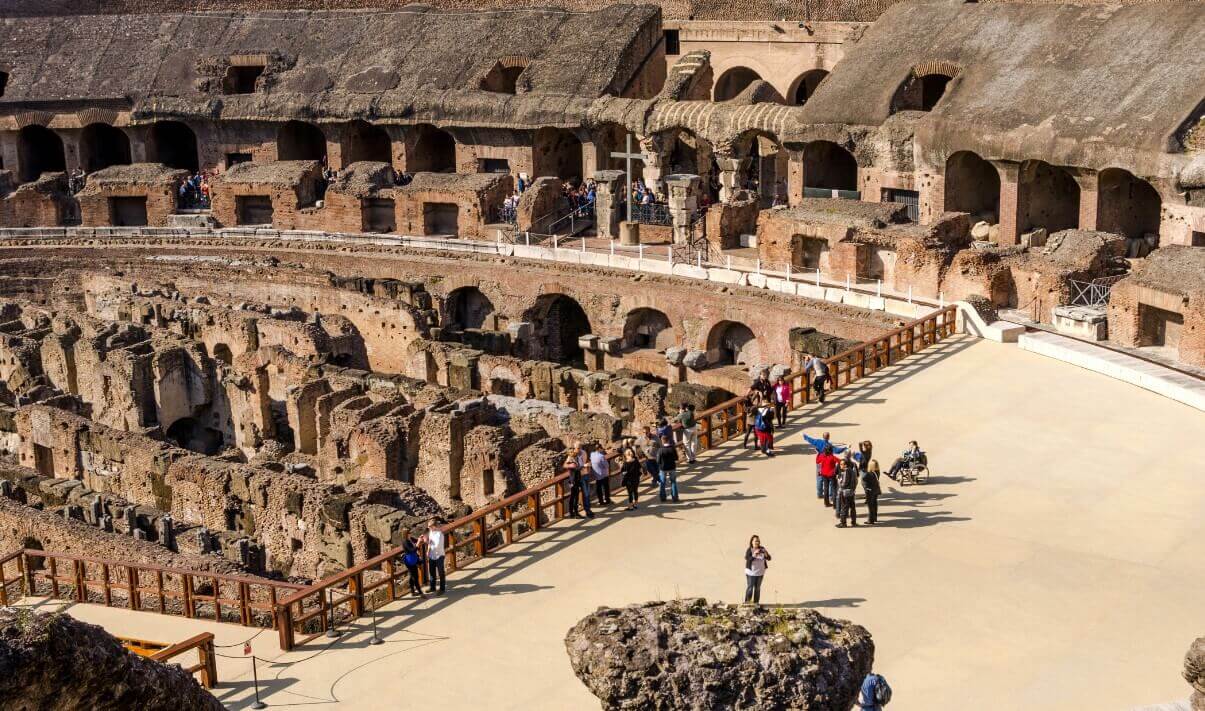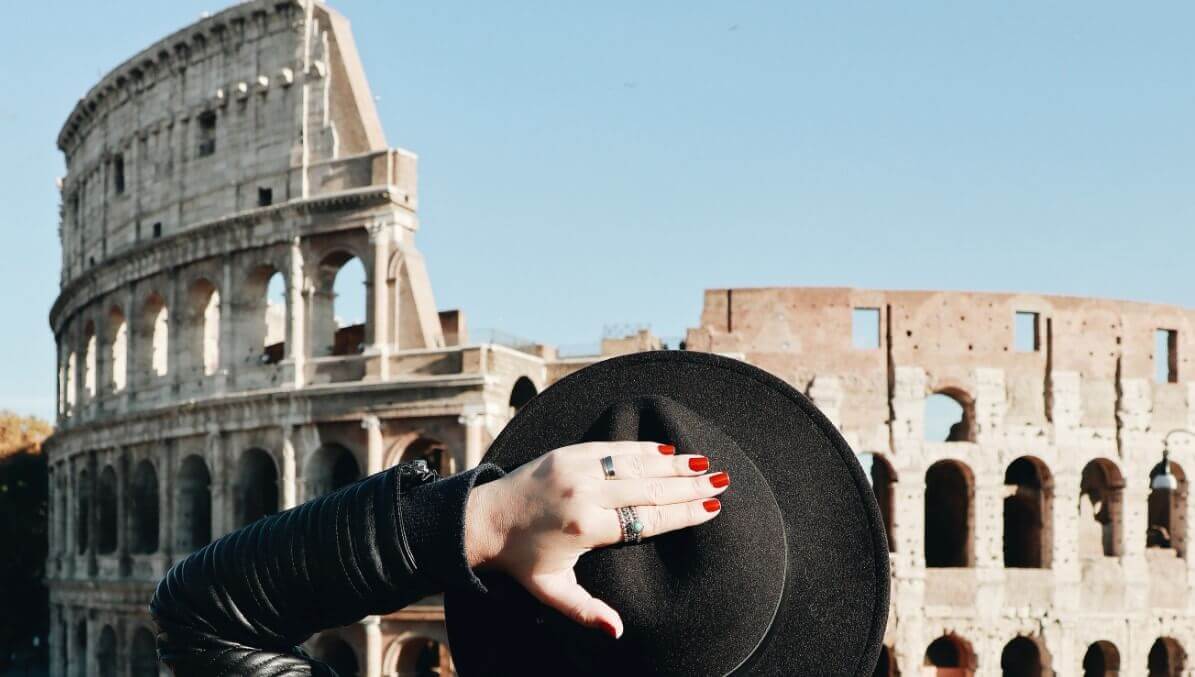
Velarium Colosseum Roof: The Truth about Roman Awning Architecture
The Velarium was basically the olden day equivalent of a sunshade. You know when you’re in Spain and you see the apartments with the little orange terrace shades? Kinda the same thing, except ancient. And huge.
The most famous Velarium was the Colosseum awning, which offered protection from the burning Roman sun to spectators.
Contents
- 1 What is a Velarium?
- 2 What area of the Colosseum did the Velarium cover?
- 3 What about Velariums in other uses?
- 4 The installation of the Velarium Colosseum
- 5 Velarium definition
- 6 The main purpose of Roman Colosseum velarium
- 7 Who operated the Amphitheater Roman velarium
- 8 Frequently Asked Questions
- 9 Conclusion
What is a Velarium?
The Velarium was actually a pretty common sight within Rome. It is even thought that the structure that existed prior to the Colosseum – which was made only of wood – also had one. The key feature of the Roman awning was that it was fully retractable.
It could therefore be manipulated to give continuous shade as the sun moved through the sky.
What area of the Colosseum did the Velarium cover?

The Velarium would have covered about 30% of the interior of the Colosseum. Why not more you say? Well, firstly it wasn’t possible – the poles supporting the fabric just couldn’t be made high enough. But also it wasn’t necessary – the walls were high enough to also cast shade to certain parts as well.
What about Velariums in other uses?
The Romans were pretty ahead of their time. It wasn’t just the colosseum roof that needed protection. Domestically the population used what later became the Roman blind to keep the sun out. Wet pieces of cloth were hung over the windows in order to keep not only heat, but also dust out.
The installation of the Velarium Colosseum
It is thought that the only workers with the necessary skills to create such a structure were sailors. The weight was estimated at around 24 tons, so the support structure was extensive. Several large areas of fabric were lifted up above the theatre on a network of ropes.
If you are on a tour of the Colosseum you can still see the places where the massive wooden poles were erected to support it. Historians disagree about how the fabric was raised, but generally it is understood 240 huge pillars made up the supports.
Velarium definition
Velarium comes from the latin for curtain. It is almost exclusively used to describe the covering used in a theatre or amphitheatre. So, the Roman colosseum awning is the structure that teaches us the most about the velarium.
The main purpose of Roman Colosseum velarium

Sun protection
As we’ve mentioned, the main purpose was to protect those under the colosseum awning from the sun. Across the Roman Empire, evidence of Velarium-type structures have been found. Of course, the rain wasn’t as much an issue as the sun, so cloth worked pretty well.
Creation of shade
The Velarium would have done a good job at creating shade, but not throughout the whole arena. There is evidence to suggest that there were smaller individual awnings set up for special guests or dignitaries down towards the front of a theatre.
Because the colosseum roof velarium was made of cloth, it had to be retractable – it was not designed to be used in windy or rainy conditions.
Who operated the Amphitheater Roman velarium
It is believed that sailors also operated the rotation of the awning as the sun moved. Historians believed this would have been a pretty decent job amongst those in the navy. Many of the sailors were drafted from rural areas of the empire. The chance to work in the big smoke would have been pretty tempting.
Frequently Asked Questions

What does velarium mean?
The word originated from the Latin for “curtain”. It is however specifically used for the covering used in amphitheatres.
What was the velarium used for?
The velarium was essential for creating shade for spectators to the games within the colosseum.
Did the Colosseum have a roof?
No, there is no evidence that there was a roof on the colosseum. There was however a retractable shade, known as a velarium. It is thought sailors operated a sail like material to retract it.
Conclusion
The Velarium was an engineering feat, especially when you consider the tools and equipment available at the time. The crowds attending spectacles in the Colosseum – and in other amphitheatres around the empire – could watch proceedings in comfort.
If you are interested in what the Velarium could have looked like, you have a couple of options. The first is checking out this video here.
The second, and in our opinion more fun way, would be to visit the spectacular Puy du Fou park in western France, which boasts a fantastic reconstruction. Of course, a trip to the Colosseum of Rome is a must do when in the Eternal City.
Check out our full guide to the Colosseum.
Fanny, an ardent admirer of ancient history and architecture, has been fascinated by the Colosseum since her first visit to Rome in 2012. As a key contributor to the Visit Colosseum Rome blog, she brings her passion for the Roman Empire’s monumental legacy to every article and guide.
